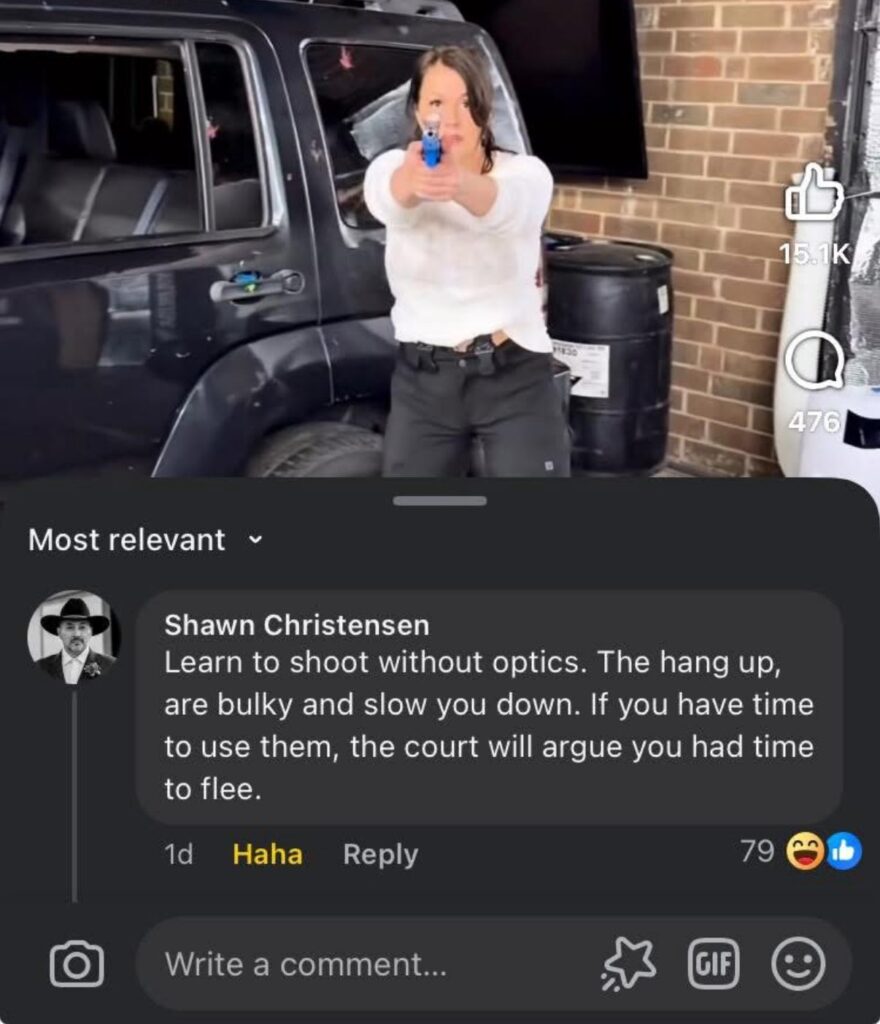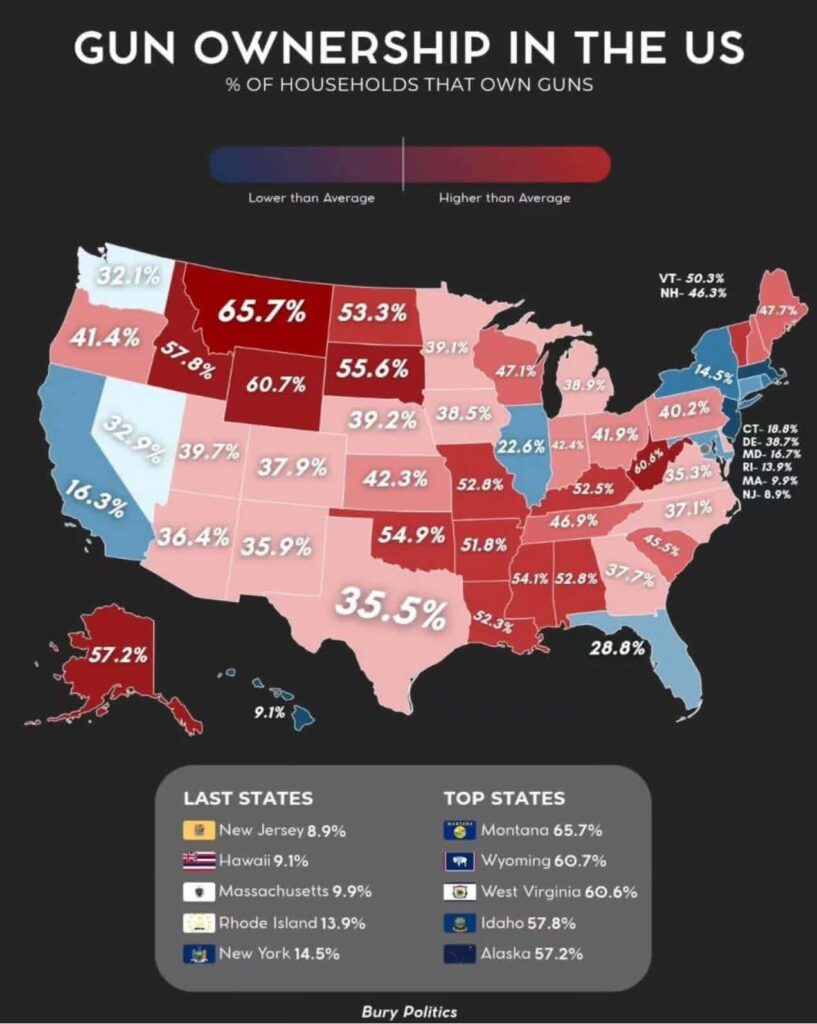I made the post about the rifle stand that is 600 yards from Trump’s aircraft, pointing out that a 600 yard shot on a moving person is MUCH more difficult to achieve than the 150 yard shot made against Charlie Kirk. I immediately got people coming on here talking about how a 600 yard shot is easy. I stand behind what I said, and I can show evidence as to why I think I am correct. As usual for this blog, I show my work.
Let’s start with this hit probability calculator from Bison Ballistics.
Let’s say that our would be assassin is armed with a 300 Win-Mag. Production rifles with a Sub-MOA guarantee are fairly few. Let’s use a Weatherby in the sub $1000 price range. We can use a 180 grain bullet, leaving the barrel at 3,000 fps. With that ammo, our shooter is good enough to make hits in the neighborhood of 1 MOA. That translates to 6 inch groups at 600 yards. We will assume that the shooter and the glass is good enough to perfectly get the best performance from this rifle and ammo combination. We will also assume that his standard deviation in muzzle velocity is +/- 40 fps.
The target is 2.1 MOA, or about 13″, wide (the size of a large man’s A-zone).
Weather at the Palm Beach airport is pretty standard: 83 degF, humidity is 74%, and winds are blowing at 4 mph from over the the shooter’s 2 o’clock. Barometer is 30.02 inches of mercury and steady. There is a slight 0.3 mph and 8 degree random variation in wind.
Let’s type all of that into the calculator, and see what we get. In all, I pushed that button 40 times. Out of 40 pushes, 16 of them hit the target. So a 40% hit rate. I think that we can agree that this is pretty good conditions for a shot like this, good rifle, ammo, weather, shooter, and in this calculator, the target isn’t moving.
Our shooter is going to have to make his hit with the first shot. Assume that the SS detail that Trump has now is the best that the SS has to offer, unlike the Pennsylvania shooting, when he was assigned DHS employees who were working overtime. Counter sniper and counter assault teams are going to do their best to ensure that a second shot doesn’t happen. So he will have to make a first shot count.
That’s a tough shot. Yeah, I know. Some guy is going to come on here and tell me how he is hitting a 2 inch circle at 600 yards while wearing a blindfold, using iron sights and factory ammo. Just like Lee Harvey Oswald made a head shot on a target in a moving limo from 85 yards with a ragged out Carcano (known for its 2 MOA accuracy). Now tell me that your average leftist can do the same.

